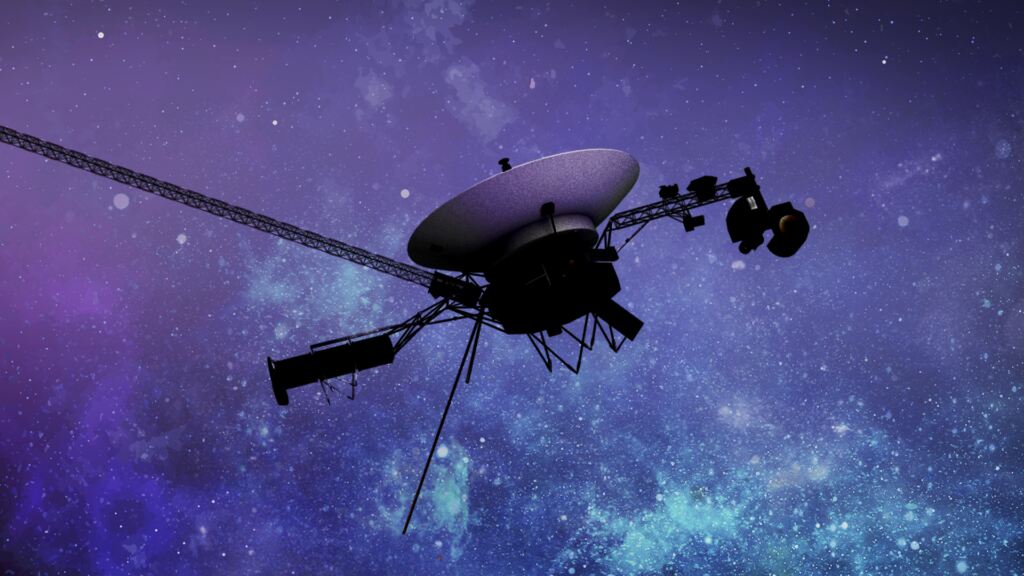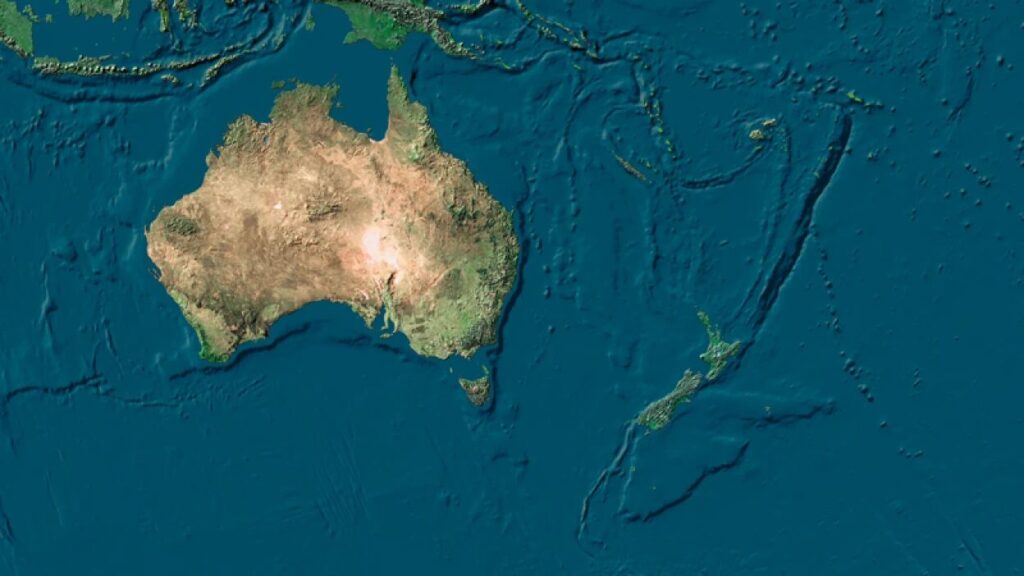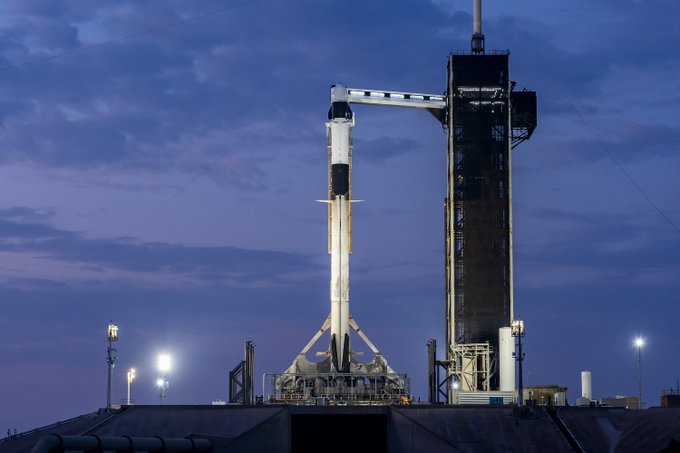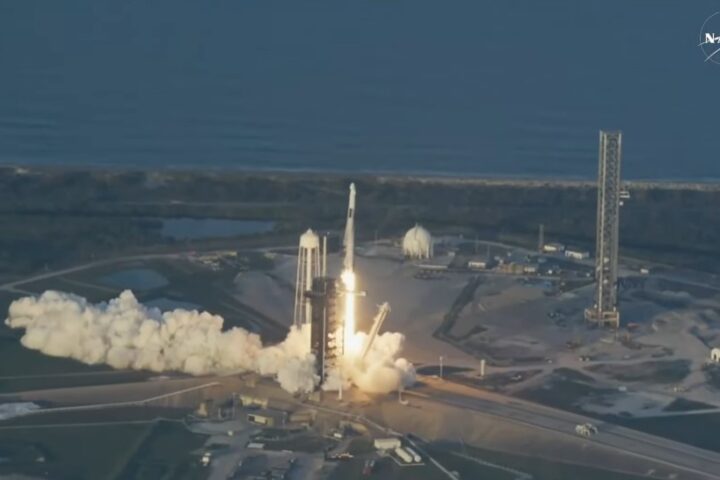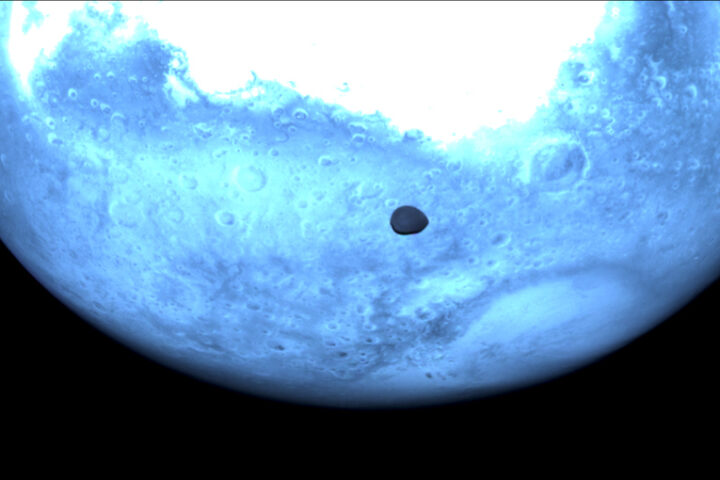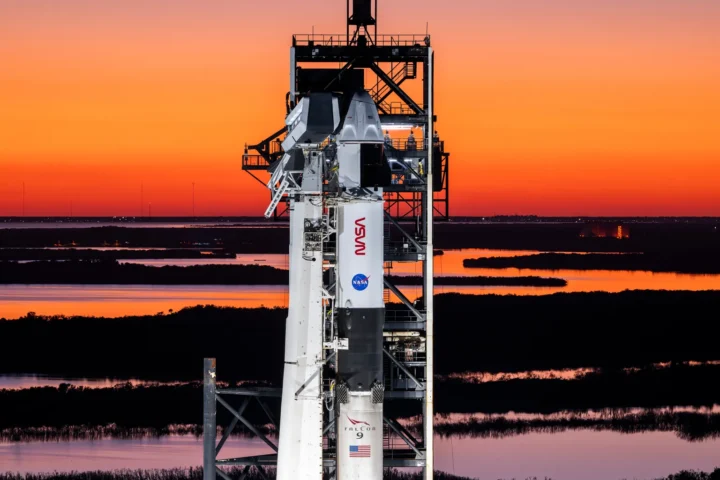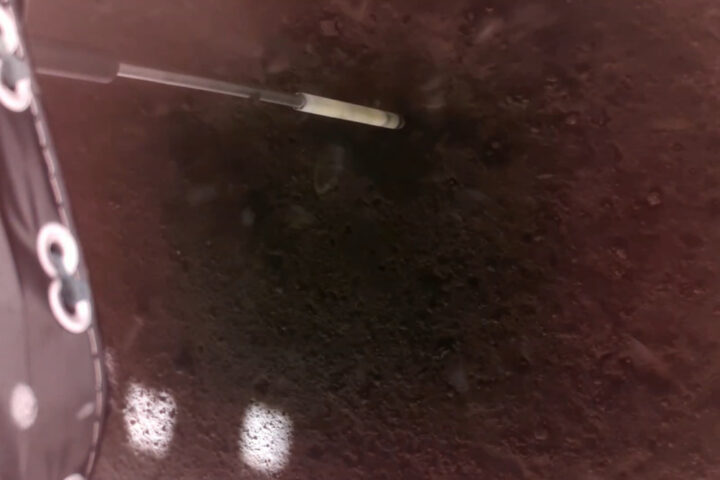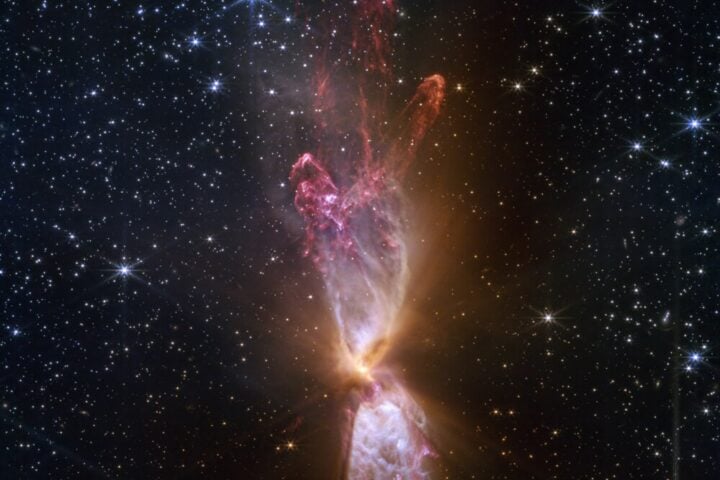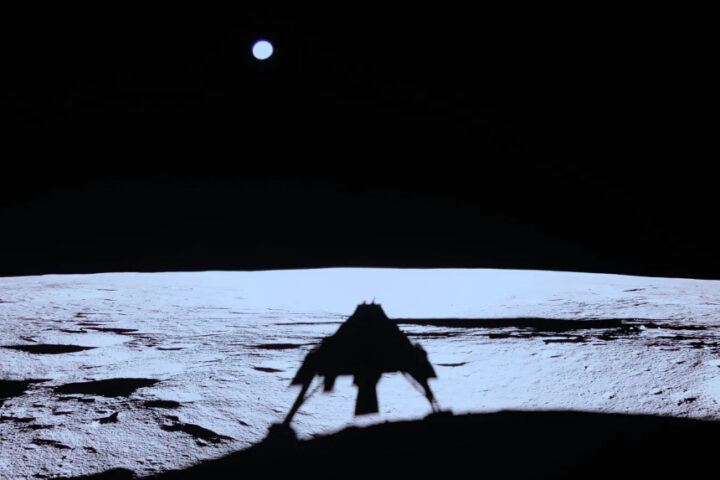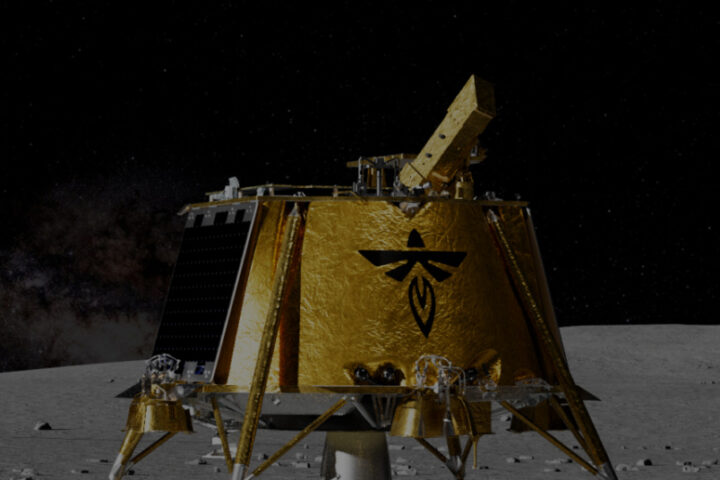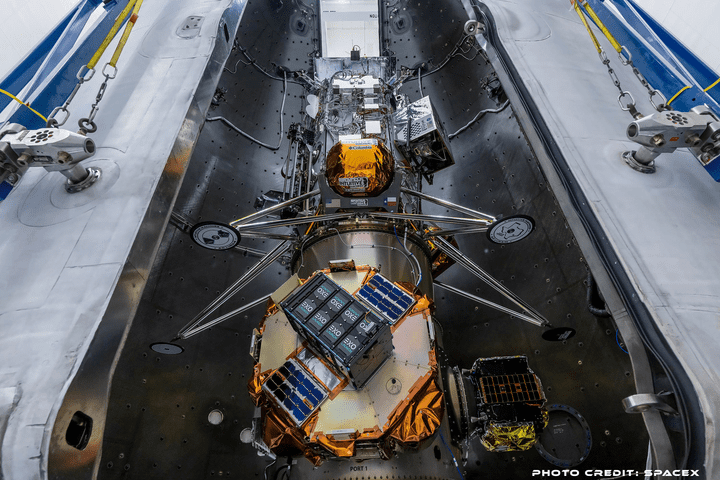As ISRO is training the astronauts for its Gaganyan space mission, the Voyager 1, the first craft in interstellar space, may have gone dark. When the Voyager 1 was launched in 1977, scientists hoped it could do what it was built to do and take up close images of Jupiter and Saturn. It did that and much more. Voyager 1 discovered active volcanoes, moons, and planetary rings. It proved along the way that Earth and all of humanity could be squished into a single pixel in a photograph, a “pale blue dot,” as astronomer Carl Sagan called it. It stretched a four-year mission into the present day, embarking on the deepest journey into space. Now it may have bid its final farewell to that faraway dot. Voyager 1, the farthest man-made object in space, hasn’t sent coherent data to Earth since November, 2023. NASA has been trying to diagnose what the mission’s project manager, Suzanne Dodd, called the “the most serious issue” the probe has faced.
The spacecraft encountered a glitch in one of its computers that has eliminated its ability to send data back to Earth. The loss of Voyager 1 would cap decades of scientific breakthroughs and signal the beginning of the end for a mission. The mission has given shape to humanity’s most distant ambition and inspired generations to look to the skies. Dodd said, “Scientifically it is a big loss.” “I think – emotionally – it may be a bigger loss,” she added. Voyager 1 is one half of the Voyager mission. It has a twin spacecraft, Voyager 2.
Launched in 1977, they were primarily built for a four-year trip to Jupiter and Saturn. The Voyager mission capitalized on a rare alignment of the other planets – once every 175 years – allowing the process to visit all four. Using the gravity of each planet, Voyager could swing into the next. The mission to Jupiter and Saturn was a success. The 1980s flybys yielded several discoveries, including new insights about the so-called Great Red Spot on Jupiter, the rings around Saturn, and the many moons of each planet. Voyager 2 also explored Uranus and Neptune. Thus, it became in 1989 the only spacecraft to explore all four outer planets.
Similar Posts
Voyager 1, meanwhile, had set a course for deep space, using its camera to photograph the planets it was leaving behind along the way. On Valentine’s Day 1990, Voyager 1, darting 3.7 billion miles away from the Sun toward the outer reaches of the solar system, turned and snapped a photo of Earth that scientists understood to be a humbling self-portrait of humanity. In 2012, it became the first man-made object to exit the heliosphere, becoming interstellar-traversing the space between stars. Voyager 1 and 2 are the only such spacecraft. Dodd said, “Nothing else is getting launched to go out there.”
Even if the Voyager interstellar mission is near its end, the Voyagers still have far to go. The twins, each 40,000 years away from the next closest star, will arguably remain on an indefinite mission. And if either encounters beings from some other civilization in space, they bear a message – “A gift across the cosmic ocean from one island of civilization to another,” Dr. Sagan said.
